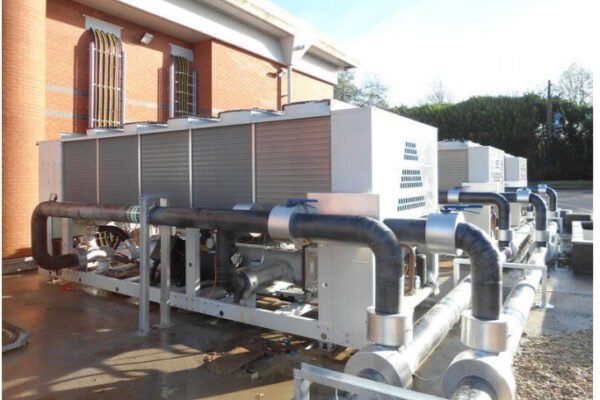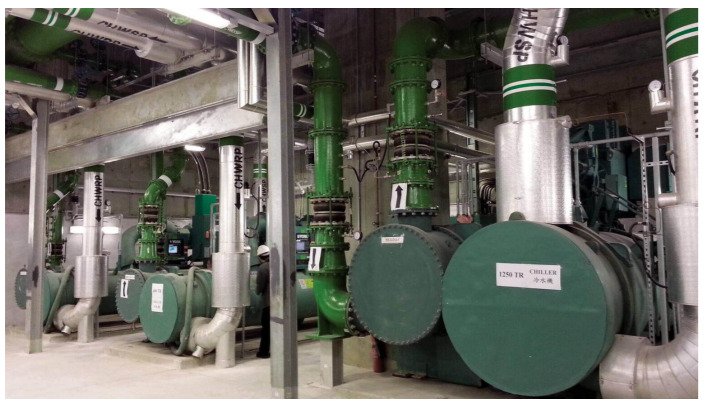Chiller Plant
A Chiller plant is a significant plant to eliminate heat from the liquid. The liquid left after the expulsion of warmth can be utilized to cool gear on coursing it through a warmth exchanger. Modern water chillers are utilized in an assortment of uses where chilled water or fluid is coursed through measure gear. Usually used to cool items and hardware, water chillers are utilized in a huge number of various applications including infusion embellishment, apparatus and kick the bucket cutting, food and refreshment, synthetic substances, lasers, machine devices, semi-conductors, and the sky is the limit from there.
Air Cooled Chiller
Air-cooled chillers actively absorb heat from process water; they then transfer this heat into the air around the chiller unit. This type of unit is typically used in areas where additional heat discharge is not an issue, but instead works as a benefit. For instance, the additional heat can be used to warm a space during the winter.
Air cooled chillers are typically located in mechanical equipment rooms or in an area of the building that is close to the spot it is cooling.


Water Cooled Chiller
Water cooled chillers are used in a variety of applications where chilled water or liquid are circulated through process equipment. Commonly used to cool products and machinery, water chillers are used in a multitude of different applications including injection molding, tool and die cutting, food and beverage, chemicals, lasers, machine tool, semi-conductors and more.
The function of an industrial chiller is to move heat from one location (usually process equipment or product) to another place (usually the air outside the manufacturing facility).
Skid Mounted Chiller
Skid mounts are a popular method of distributing and storing machinery for the industry. Simply put, the machinery at point of manufacture is permanently mounted in a frame or onto rails or a metal Pallet.
The equipment can then be easily and securely transported and used as a unit.


Green Cooling Chillers
In contrast to the artificial refrigerants CFCs, HCFCs and HFCs, Green Chillers use natural refrigerants such as CO2, ammonia, hydrocarbons, air and water and they have no ozone depleting potential, no or negligible global warming potential.
Natural refrigerants have characteristics that require additional safety measures, compared to conventional refrigerants. HCs are flammable and ammonia is flammable, corrosive and of higher toxicity. Use of appropriate materials, the selection of safe components and technician training can offset these undesirable characteristics.
Modular Chiller
Traditional modular chillers have a single power source, so if one unit needs to be serviced the whole bank would go offline. Modular chillers are designed with separate electrical feeds providing a built-in redundancy. If one module fails or needs to be shut down for maintenance, the other modules can continue to operate to keep your building running at full capacity.
Modular chillers have the ability to provide heating, cooling, heat recovery and heat pump technology in each module. They can even harness both air and water to achieve simultaneous heating and cooling, without geothermal.
Chiller plant works on proper refrigerant cycle where vapor compression or absorption cools the fluid through which heat transfer can be done accurately. Be it compression or absorption

